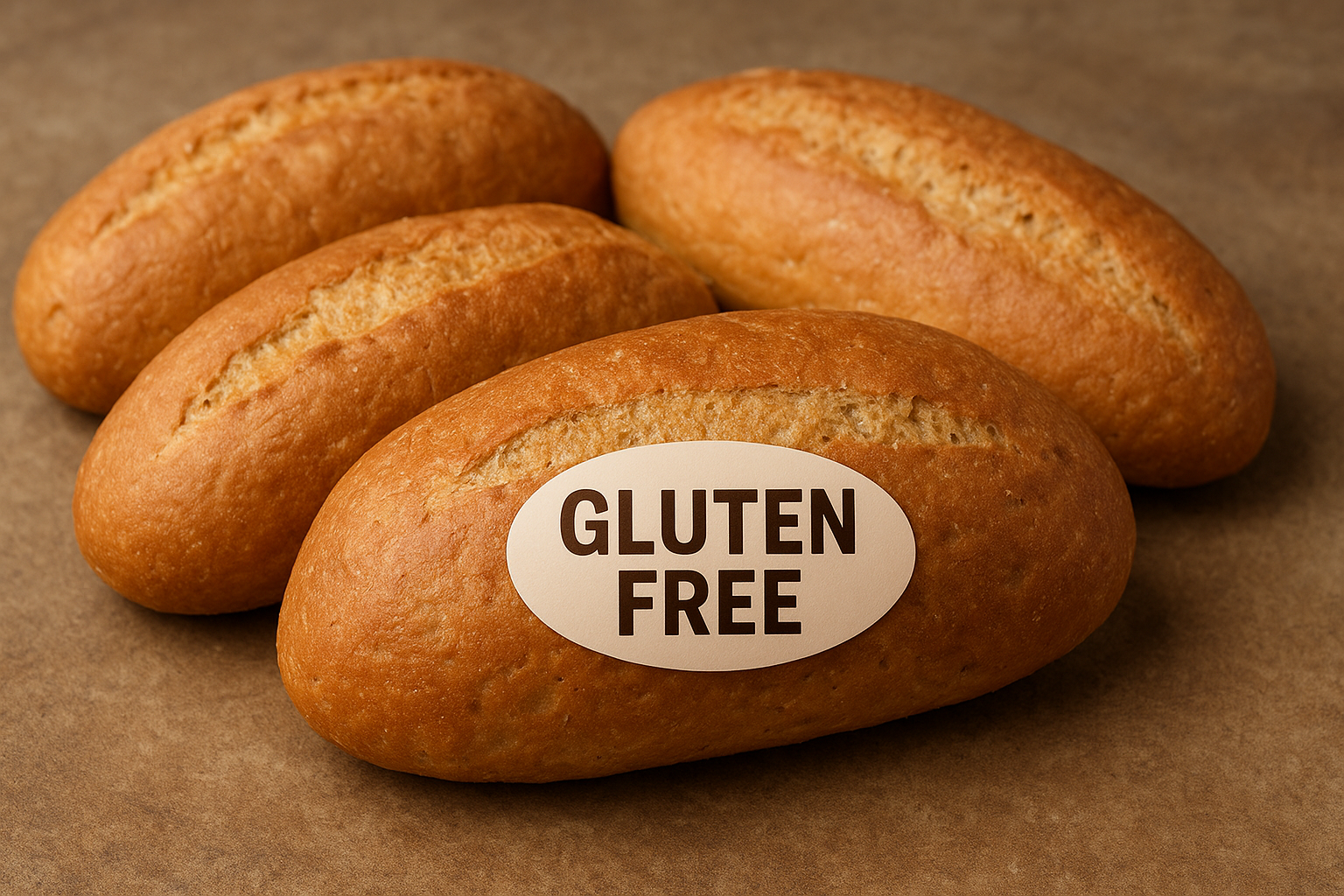1. The Meaning of Gluten-Free
Gluten-free means that a product does not contain ‘gluten,’ a protein found in wheat, barley, and rye. This diet is intended for people with gluten sensitivity or an autoimmune disorder called ‘celiac disease.’ It is not directly related to diabetes management.
2. Ingredients of Gluten-Free Bread
Instead of wheat flour, gluten-free bread uses the following ingredients to create its shape and texture:
– Main Ingredients: White rice flour, potato starch, corn starch, tapioca starch, etc.
– Characteristics: These ingredients are mostly ‘highly refined starches’ with very little dietary fiber.
3. Effect on Blood Sugar
Refined rice flour or potato starch is often digested and absorbed faster than refined wheat flour and can have a higher glycemic index (GI). Therefore, gluten-free bread can actually raise blood sugar faster and higher than regular wheat bread. Additionally, more sugar or syrup may be added to create a chewy texture.
4. Conclusion
Unless a person with diabetes also has celiac disease, there is no reason to choose gluten-free bread for blood sugar management. It can actually be more disadvantageous. It’s important not to be swayed by the ‘gluten-free’ label and to check the carbohydrate content on the nutrition facts label instead.
Summary: ‘Gluten-free’ bread is not necessarily health bread. It can be worse for blood sugar management than regular bread because it is made with refined starches that can spike blood sugar, so caution is needed.


Leave a Reply